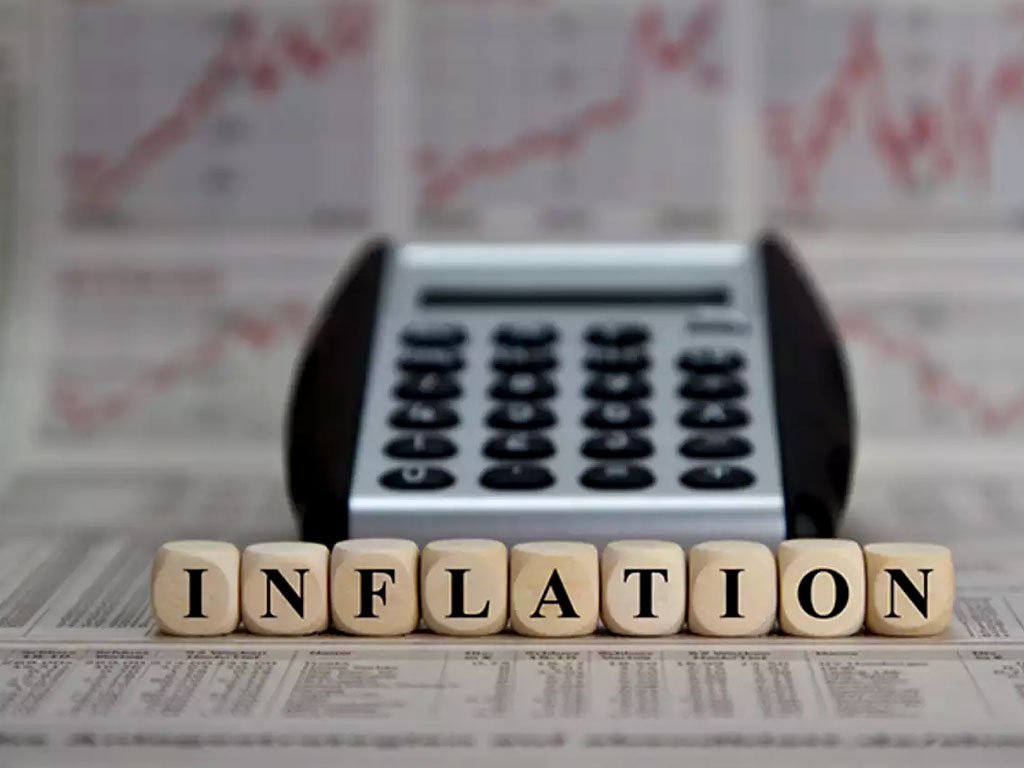Rise in inflation

It is indeed distressing to see that the rate of inflation in the country continues to be at an elevated level. According to the latest data released by the Pakistan Bureau of Statistics (PBS), the Consumer Price Index (CPI) in November, 2019 was higher by as much as 12.28 percent over the same month in 2018 compared to 6.51 percent in the previous year and only 3.97 percent a year earlier. The trend was similar on monthly average basis as CPI during July-November, 2019 showed a jump of 11.58 percent compared to 6.02 percent in the same period in FY19 and 3.59 percent in the previous year. On MoM basis, the CPI rose by 1.2 percent in November, 2019 over October, 2019 compared to 1.0 percent a month earlier and only 0.1 percent in the corresponding month a year earlier. Inflation on year-on-year (YoY) basis was driven primarily by the sub-indices of food and non-alcoholic beverages (+12.28 percent), alcoholic beverages and tobacco (+23.88 percent), clothing and footwear (+10.11 percent), housing, water, electricity, gas and fuels (+9.66 percent), furnishing and household equipment (+11.92 percent), transport (+10.73 percent), and miscellaneous (+13.22 percent). A peculiar aspect of the rise in sub-indices was a big increase in the prices of perishable food items which soared by 53.22 percent while the sub-index of non-perishable food items went up by 10.73 percent. A sharp increase in the prices of food items during the year indicates that CPI inflation could stabilise or decline once the supply situation of food items shows an improvement. However, if the present trend continues, the inflation rate during FY20 could be around 12 percent. The Finance Ministry has, however, claimed that inflation will come down from the next month without stating the reasons for the expected fall in the rate of inflation. In all probability, the government's claim is based on increased supplies of food items such as tomatoes, potatoes and green chilies.
A high rate of inflation is of course a matter of great concern for the policymakers of the country although this was inevitable because the government was constrained to undertake certain reform policy measures such as a massive devaluation of the rupee and increase in electricity and gas tariffs, etc. The disruption in supply of certain food items, huge compression in imports and low level of availabilities in the economy as measured by a subdued growth in GDP also seem to have played their role in fuelling inflation. Anyhow, a higher level of inflation is having a very negative impact on the lives of ordinary people whose incomes have not risen commensurately. A huge increase in the prices of food items is almost like a bolt from the blue as average households spend a major part of their incomes on food items. Their misery is also compounded by the lack of employment opportunities in the economy and low wages prevailing in the market. A higher rate of inflation would also depress the saving rate in the economy which is vital for accelerating investment and growth in the country. A consistently rising trend in inflation could also depreciate the Pak rupee further because the exchange rate has to be market-driven under the present agreement with the Fund. A higher rate of inflation could also constrain the SBP to hike its policy rate or keep it at the existing level of 13.25 percent to contain the rate of inflation within reasonable limits. The continuance of this policy would also increase the cost of production and put extra pressure on the budget because of increased debt servicing.
The present government claims it is striving to reduce the rate of inflation through the usual policy tools applied in such a situation. While the supply situation in the economy cannot show a healthy improvement in the short-run due to lower growth rate of the economy, the government and the State Bank are making extra efforts to keep the demand conditions in check by following stringent fiscal and monetary policies. This has been done despite relentless criticism by the opposition parties and most analysts who are not happy with the policies of the present government. It is claimed that the government is trying to reduce the rate of inflation by measures that are basically sound and would yield long-term benefits to the economy and not through administrative measures which could prove counter-productive and lead to black-marketing of certain commodities. In our view, the policy of the government will take some time to yield the desired results.























Comments
Comments are closed.